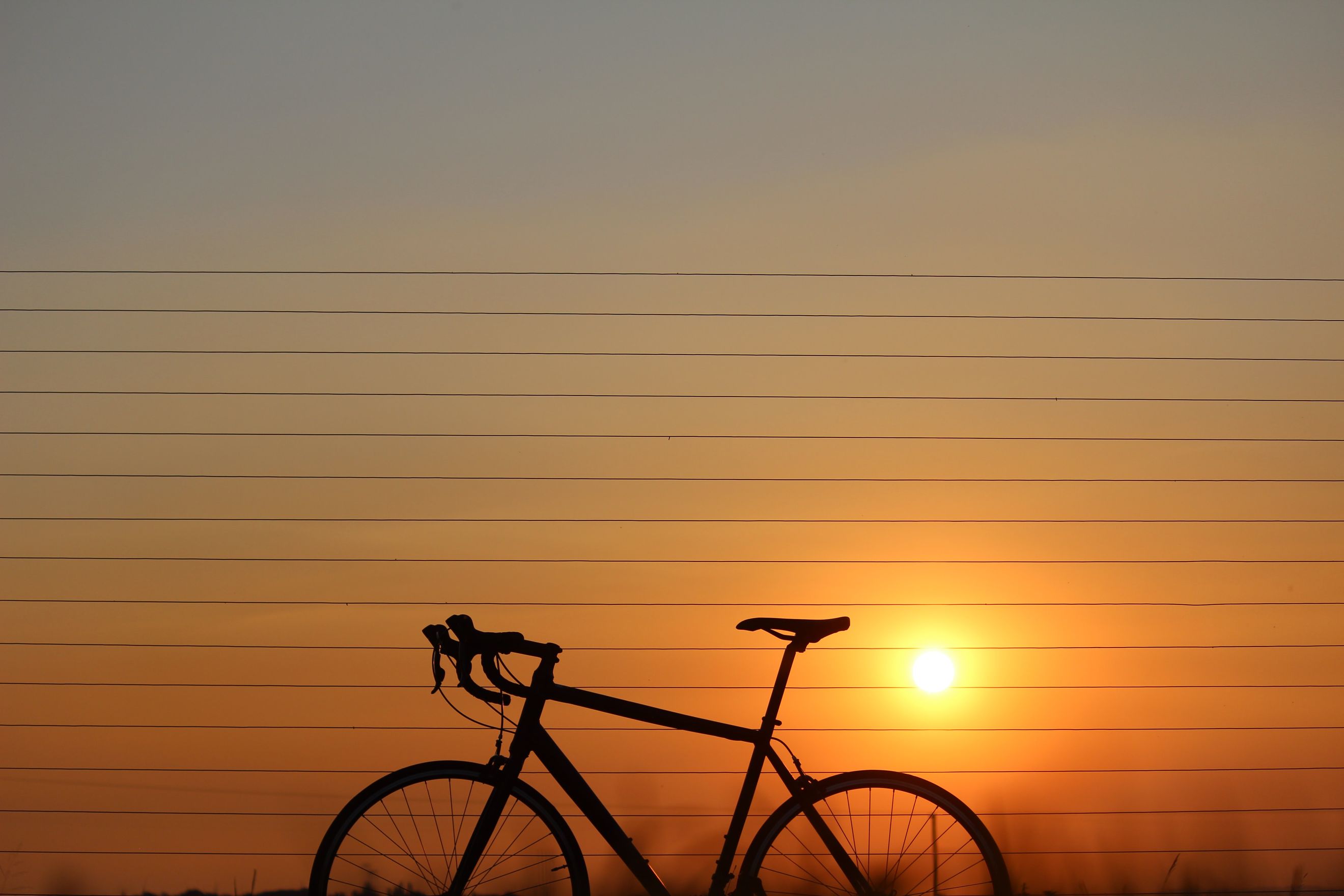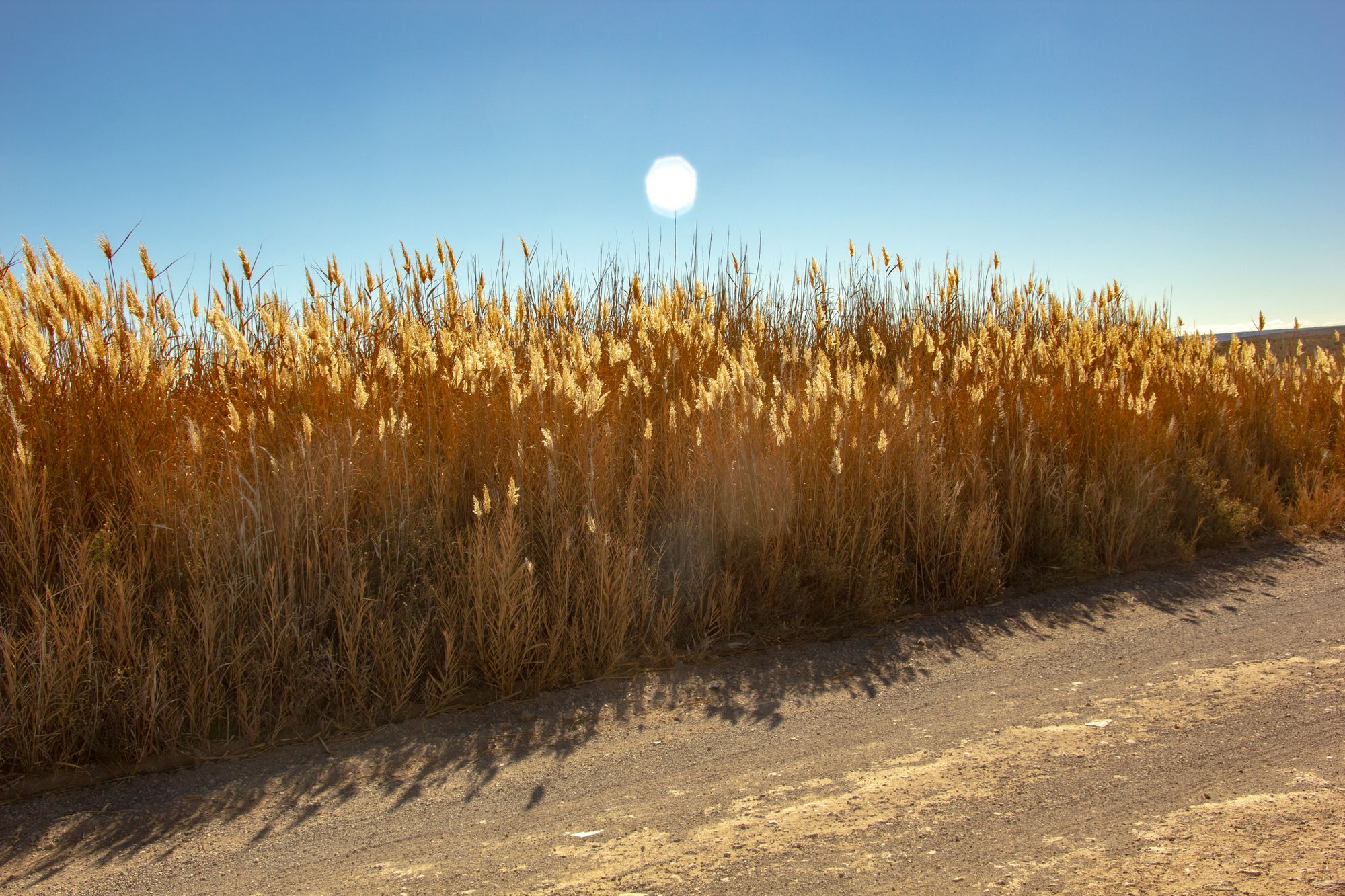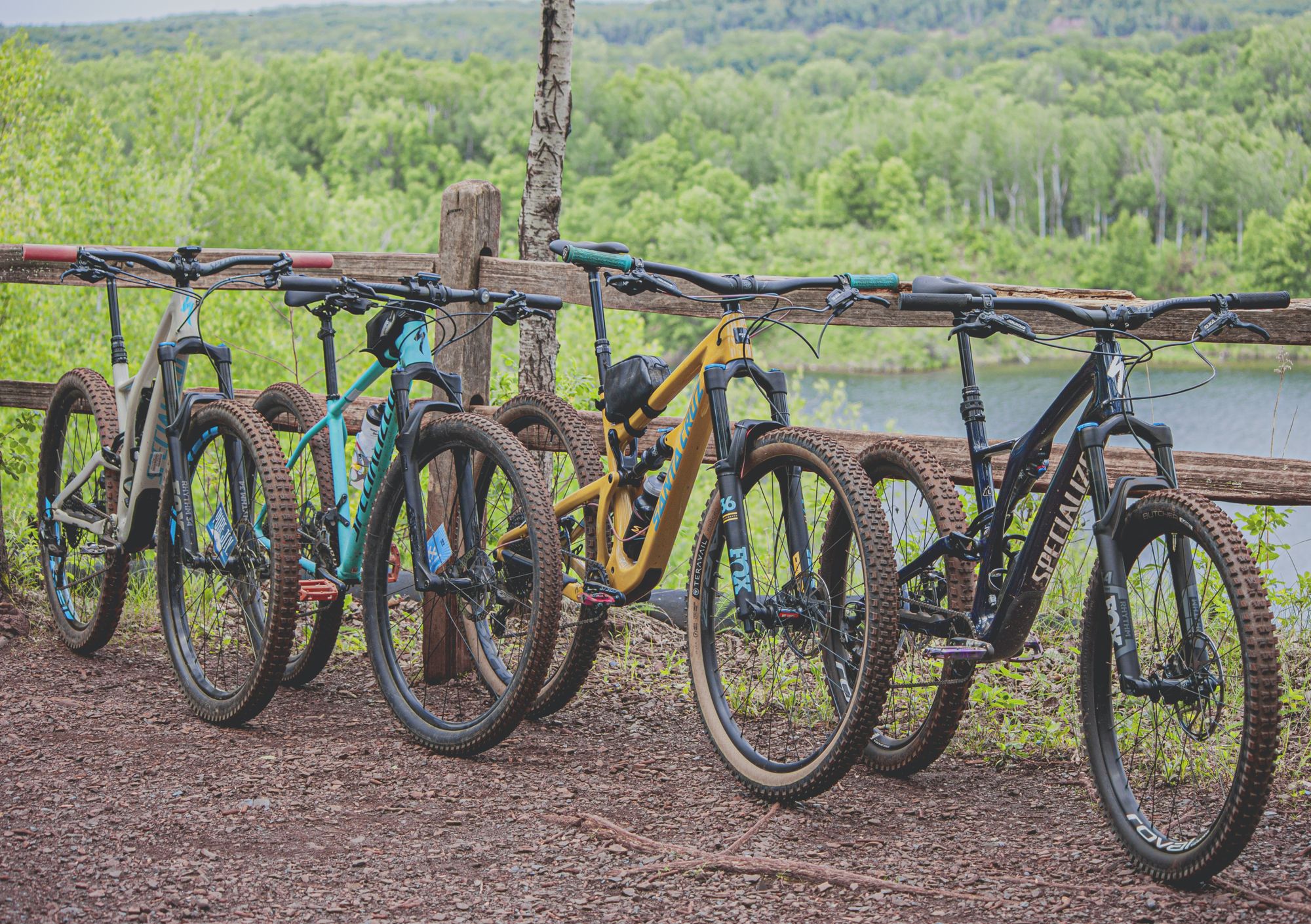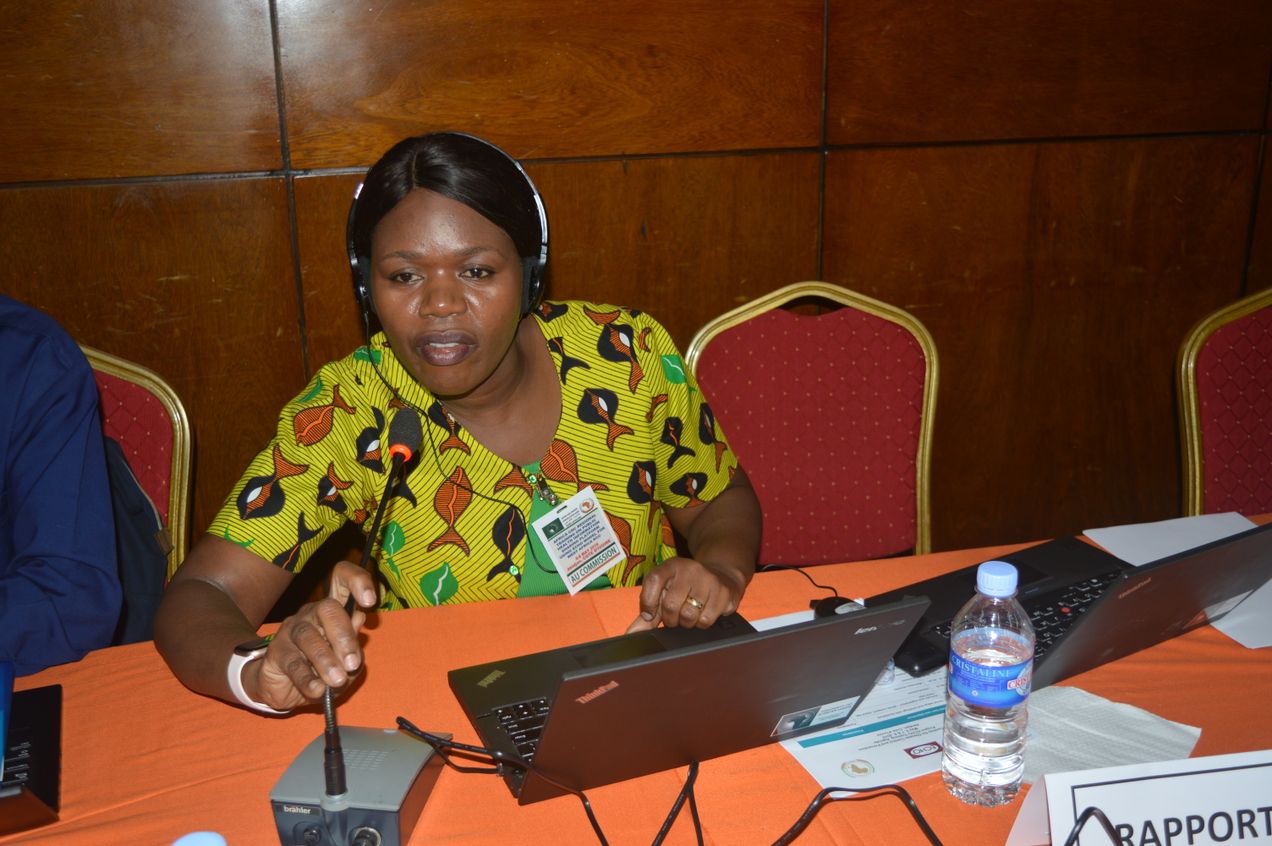
Cycle, Brother, Cycle
Richard Wanjohi narrates the joy and challenges of a take over of Nairobi's roads by cyclists as a result of lockdown
In Kenya, cyclists are the least respected road-users. I can attest to this fact, having almost lost the use of my legs in 2016 after a careless driver crashed into me. It’s common for motorists to hoot and hurl obscenities at cyclists, and disregard areas clearly marked cycling lanes.
That said, cycling in Kenya’s capital, Nairobi, has been a joy since the pandemic broke out and forced the government to impose restrictions to limit the spread of the coronavirus. With schools closed and more people working from home, the number of vehicles on the road dropped and many Kenyans, ranging from the young to the deputy president’s wife, took to their bicycles to transport themselves. Having invested in a budget mountain bike a few years ago, I started off riding every day as opposed to only weekends, covering a few kilometres and working up to my 100 kilometre target each week.

In the meantime, cycling clubs have sprung up and created a sense of community. Large groups split into smaller ones in compliance with social distancing rules. Joining cycling enthusiasts has ensured I remain consistent in my cycling goals and also introduced me to new friends, cycling techniques like kufinya (press hard on the tarmac) and tips on where to buy affordable bicycle parts.
Cyclists in Nairobi have found a way to connect every weekend via pre-arranged routes and guided tours encompassing peri-urban road rides between 80 to 120 kilometres and longer cycling distances covering 200 kilometres. These routes include the newly completed by-passes like the Westlands – Redhill Link with a transitory cycling lane, the first such road connecting the mixed development part of the city to the upmarket and leafy suburbs of Loresho, Kitisuru and Runda. Though the route is quite short, it boasts dedicated bicycle lanes for safe riding.

Aside from public routes, private roads have also been a paradise for riders, especially during the weekends. For instance, Tatu City on the outskirts of Nairobi has hosted one of Kenya's largest cycling races in the last 3 years and draws cycling clubs thanks to its smooth asphalt roads and free entry.
The benefits of cycling as one grows older are innumerable, especially for those like me who suffer from bad knees and weak ankles. And aside the occasional brushes with minibuses and motorcycles that compete for the same spaces on Nairobi’s rugged roads, cycling has been a pleasurable, life changing experience. One of the noticeable improvements I’ve incurred so far from cycling has been my surging fitness level, which is back to what it was five years prior. Even my good friend, who resumed cycling during the lockdown and lost over 25 kilograms in three months, remarked on my progress.
Covid-19 may have constrained movement, but with a bicycle one regains snatches of life before the pandemic. Nothing beats the feeling of freedom of having the wind in your face, chest thumping, while riding down a treacherous hill at full speed.

